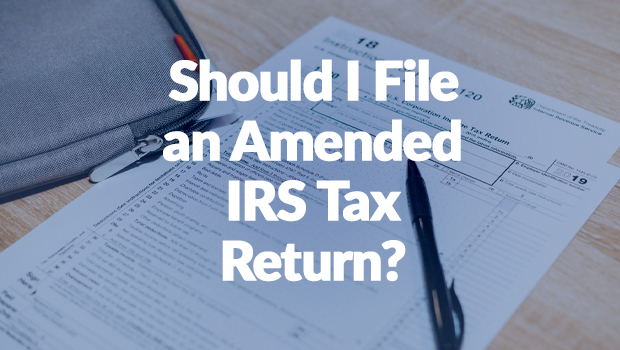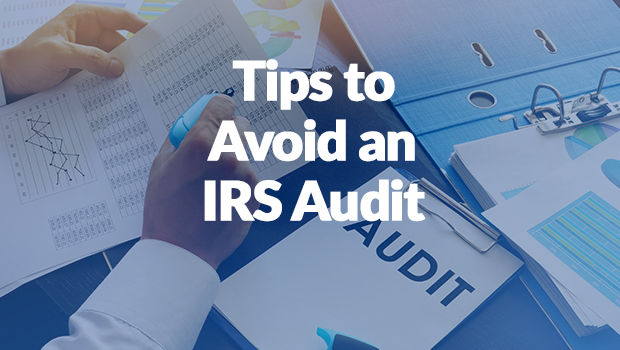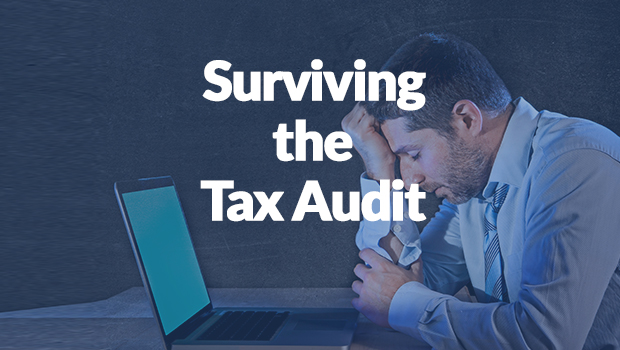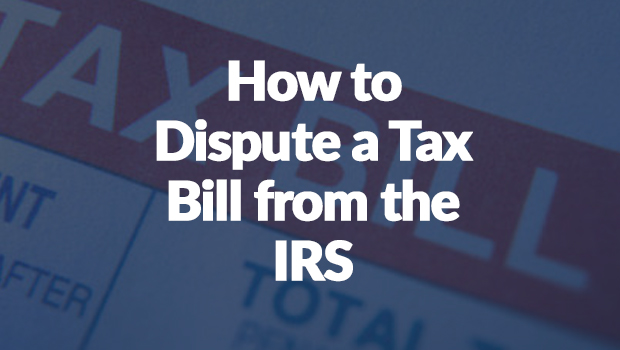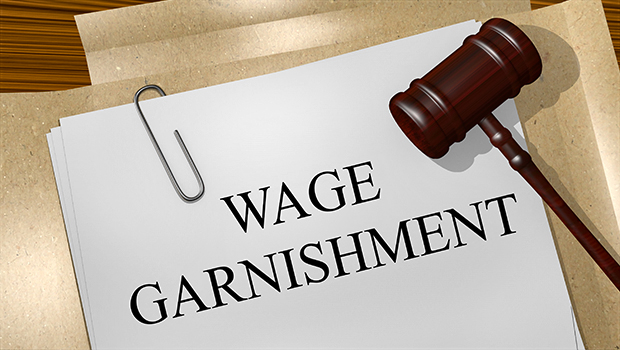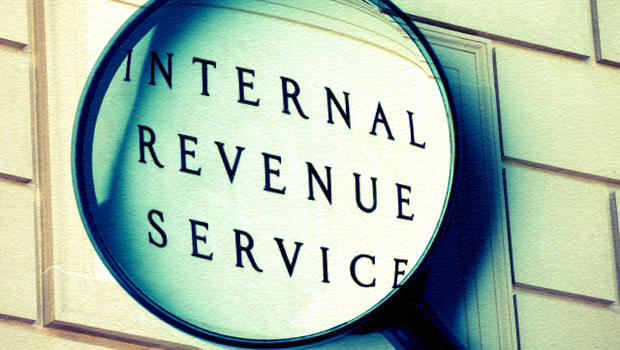The vast majority of taxpayers try to file an accurate tax return with the IRS. But sometimes, they realize they made a mistake in the tax filing. In other situations, circumstances change, so the previously filed return is no longer correct.
Continue reading “Should I File an Amended IRS Tax Return?”